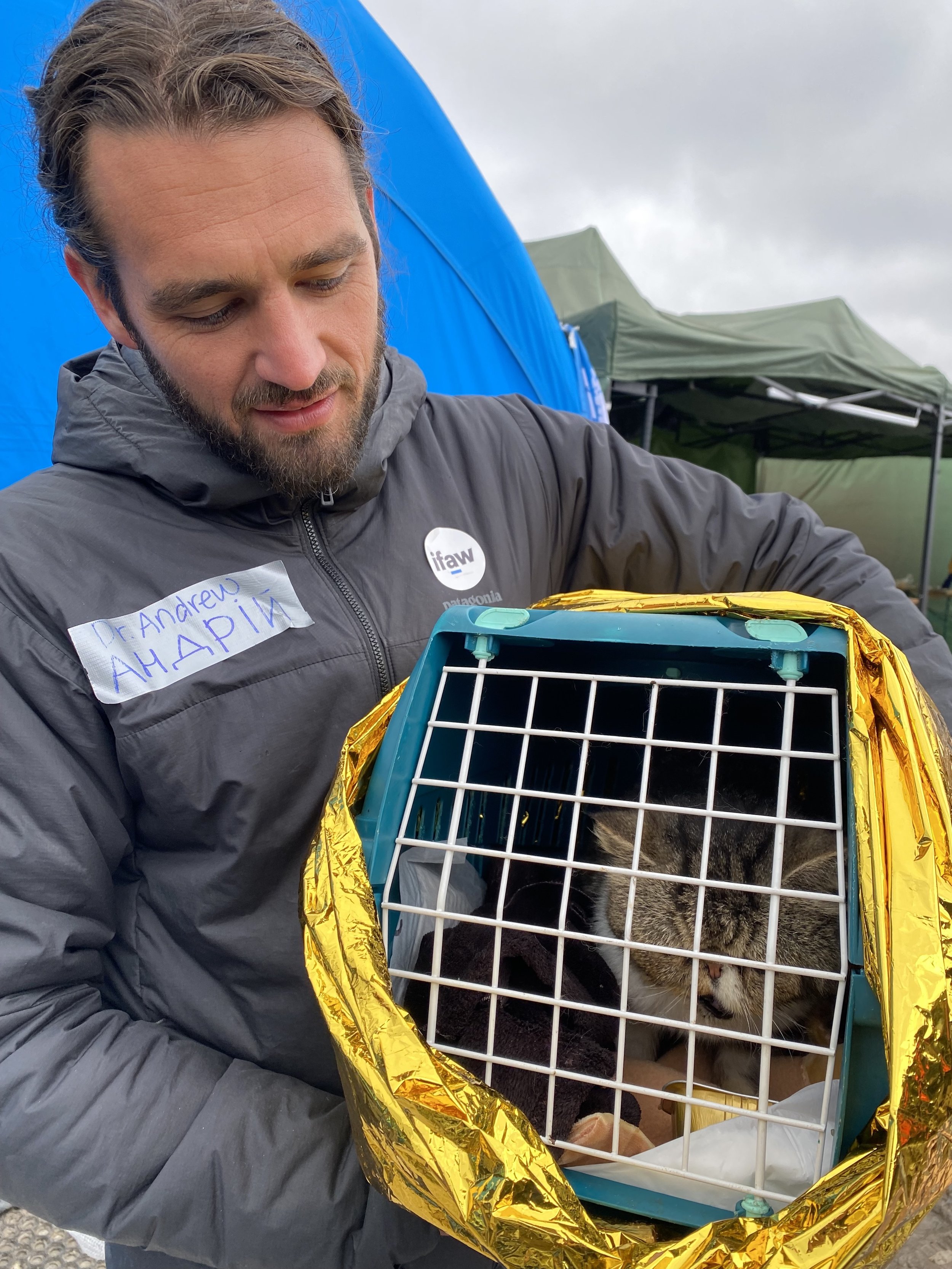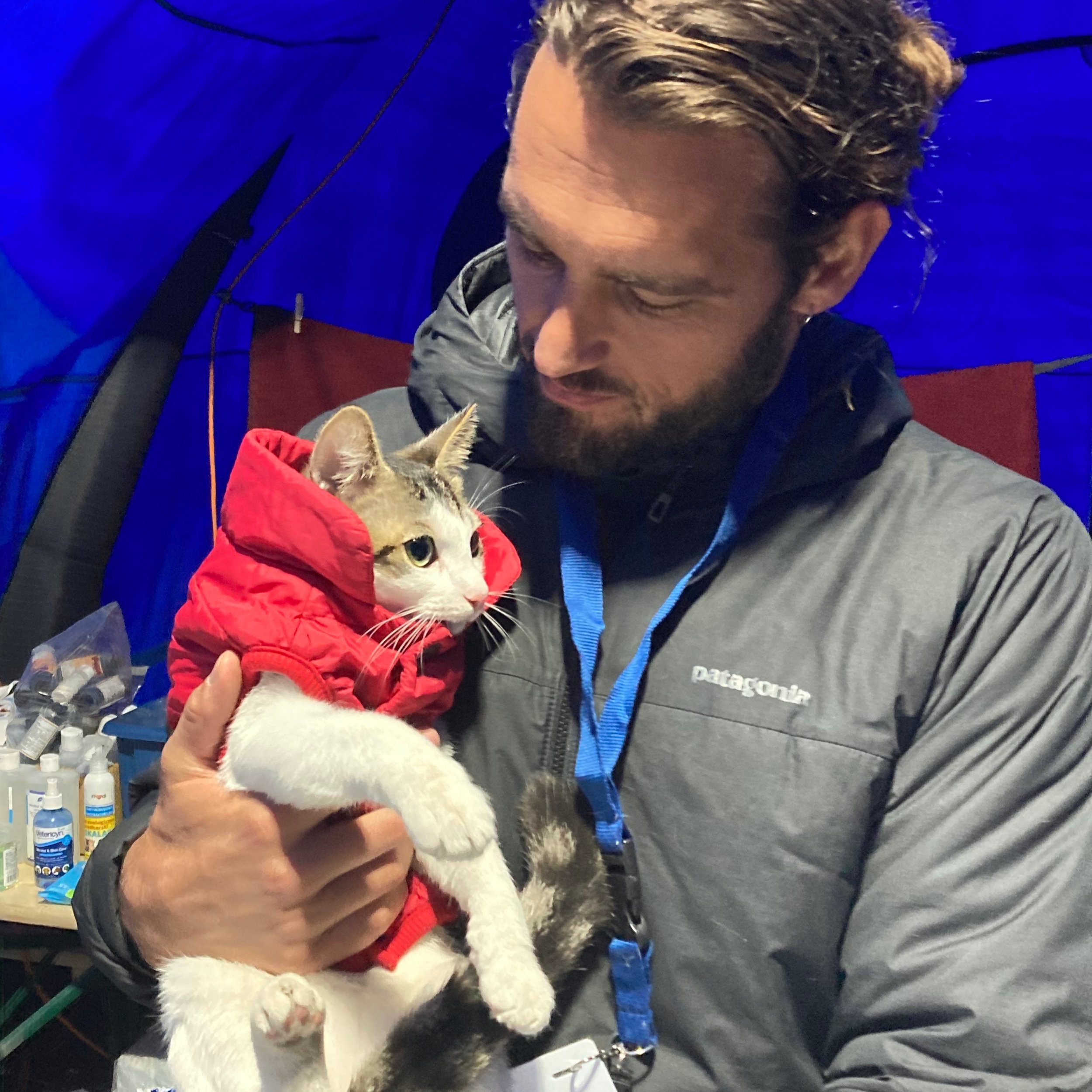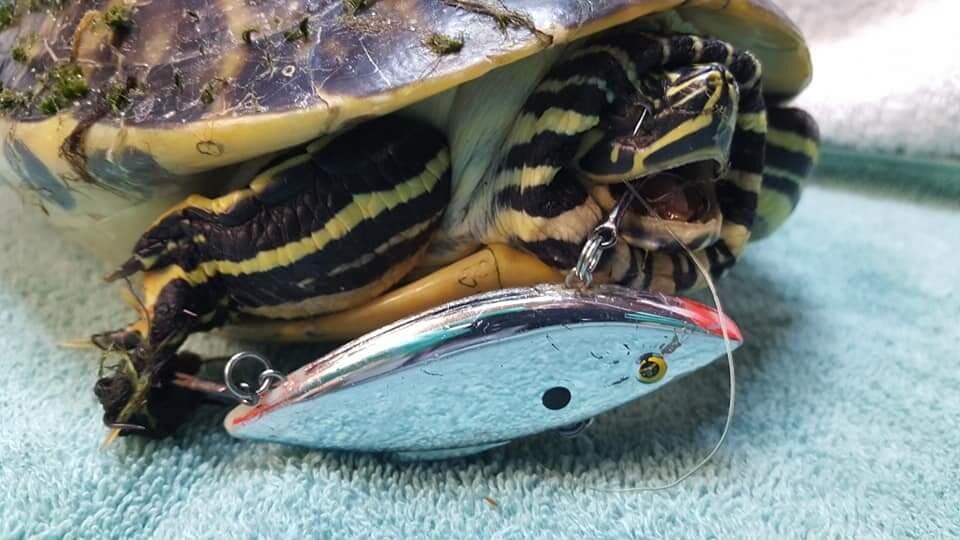Hey everyone! It's been a few months since I've gotten to address you all since from mid-March until the first week of June I was over in Ukraine and Poland, helping people and animals fleeing war. It was one of the most impactful and intense experiences of my life and I hope to convey it.
As a preface, my father was once a refugee fleeing Ukraine with his family from the Soviets during WW2, so when Russia began its invasion of Ukraine this February I knew I had to do something to help, anything. I must've sent out 20 emails to organizations on the ground providing veterinary support and finally, I found IFAW (International Fund for Animal Welfare). IFAW is one of those incredible organizations that show up in disaster situations with a plan, a team, and a drive. In early March, IFAW had plans to set up a veterinary tent at the busiest border crossing between Ukraine and Poland, where tens of thousands of people were crossing each day to safety. 3 days after making contact with IFAW, I was on a plane to Poland to be their vet at the refugee camp. Those first few weeks at the border were chaotic and I felt the full kaleidoscope of human emotions at the refugee camp. Bitterly cold and wet, we were operating out of and sleeping in a tent ~100ft from the border. There was a never-ending stream of people traveling west fleeing violence and brutality with their whole Lives packed into a few suitcases, often with a critter or two in tow. As Ukraine is a vast country, folks fleeing conflict zones had to travel hundreds of miles west to safety braving active war, dangerous roads, and waiting in border lines sometimes lasting over 48hrs. 90% of the refugees were women and children since men aged 18-60 are legally obligated to stay in the country in case they are called up for full mobilization. In this chaos of war, there were those of us who gathered from all over the world to support those in absolute need. Whether it was Irish volunteers serving fresh pizza to hungry mothers, Israeli nurses caring for sick refugee children, Sikhs from London who handed out top-quality winter jackets to cold elderly folks, or the big beautiful blue IFAW tent to take care of the animals, it felt like the World came together to stand with Ukraine.
The goal of our tent was to help people and help their animals through the border; dogs, cats, birds, reptiles, we saw it all. Wounds, dehydration, malnutrition, and stress were the most common issues for these animals. Operating out of a tent in a foreign country (Poland) was honestly quite tricky. Normally -and required by law- I first establish a client-patient relationship before really doing anything with an owned animal- but practicing medicine during war allows for liberties to be taken, and always for the best interests of the animal. Animals with severe dehydration and malnutrition got IV fluids and specialty diets, and those with wounds and injuries got pain meds, bandages, and splints. Those who were clinically healthy still got a vet check, food to go, clothing options for warmth, flea/tick preventatives, collars, and leashes, treats, and of course lots of love from the IFAW team. We really strove to be a one-stop-shop for refugee pets since we were just their lily-pad en route to their next destination. For Ukrainians crossing with pets, it was profoundly touching to them that our tent existed, since many of them were forced to abruptly leave their homes with little supplies for their animals.
I remember one night around 2 am, a woman crossed the border with her cat tucked into a messenger bag she had slung on her shoulder and she was just so incredibly worried that her cat had not urinated in 3 days, since leaving her home. I had made up a few "cat potty stations" in the tent, which were essentially large wire crates with a litter box and covered with a towel, and offered the woman to leave her cat in one for a few minutes; cats tend to shut down when they're stressed. The woman explained to me that her home had been hit by a Russian mortar and was destroyed; she was grateful that she was able to get her cat and flee when she could. Almost immediately after I placed the cat into the crate he started to explore the litter box and proceeded to pee his little heart out. The woman started to cry, finally experiencing some sense of control and relief in her Life. I started to cry with her; it had been around day 13 or 14 for me at the border and the extreme emotions I had been experiencing and bottling up finally became too much. That cat was perfectly healthy and it may seem trivial what I provided for him but the impact that it made on that one woman, made every second of my time there worthwhile. And her story was just one of so many. In total, over 1,500 animals came into the big blue IFAW tent at the border crossing during my 2 months there.
By the time we closed our tent at the border camp, the refugee crisis had stabilized and many more folks were returning to Ukraine than were leaving. Yet the war continues. Even as I write this, Russia continues its horrendous assault on Ukraine and like all wars, it's the innocent who suffers the most. Being able to help those innocents was an honor I will carry with me for the rest of my life. After leaving the border camp I traveled throughout Ukraine for several weeks, but that's a story for the next newsletter :)
DVM. Andrew Kushnir


































